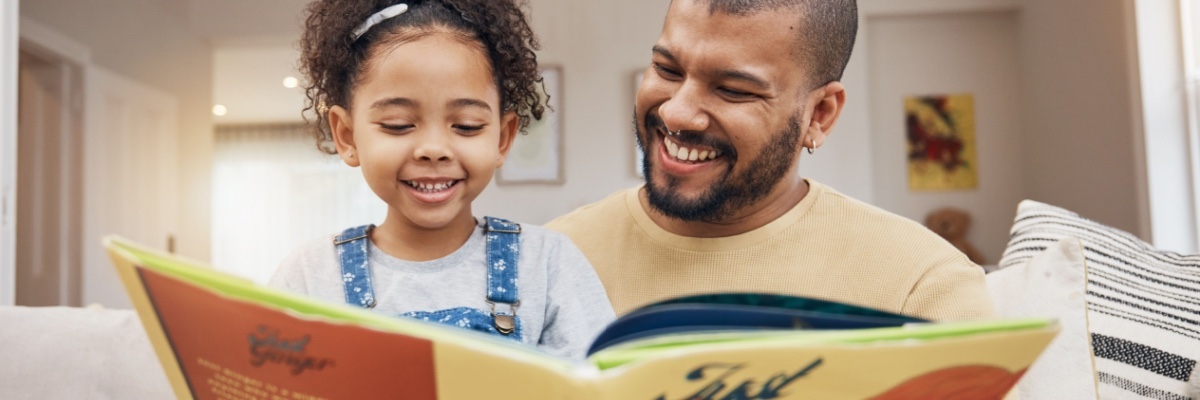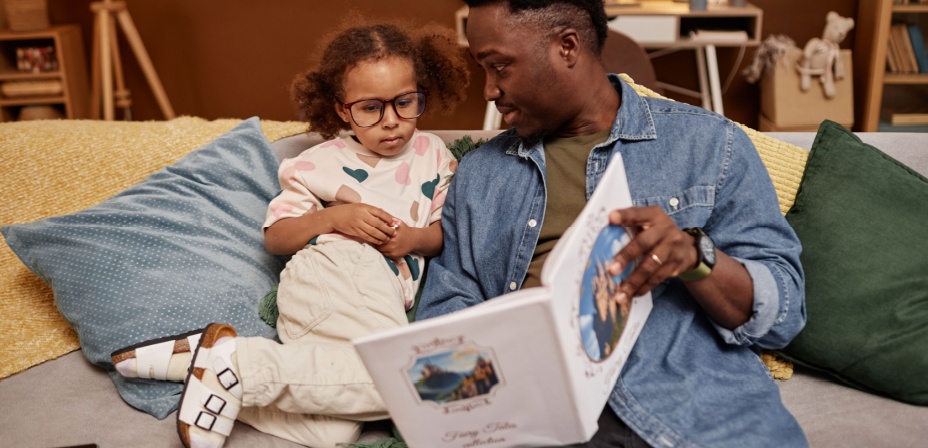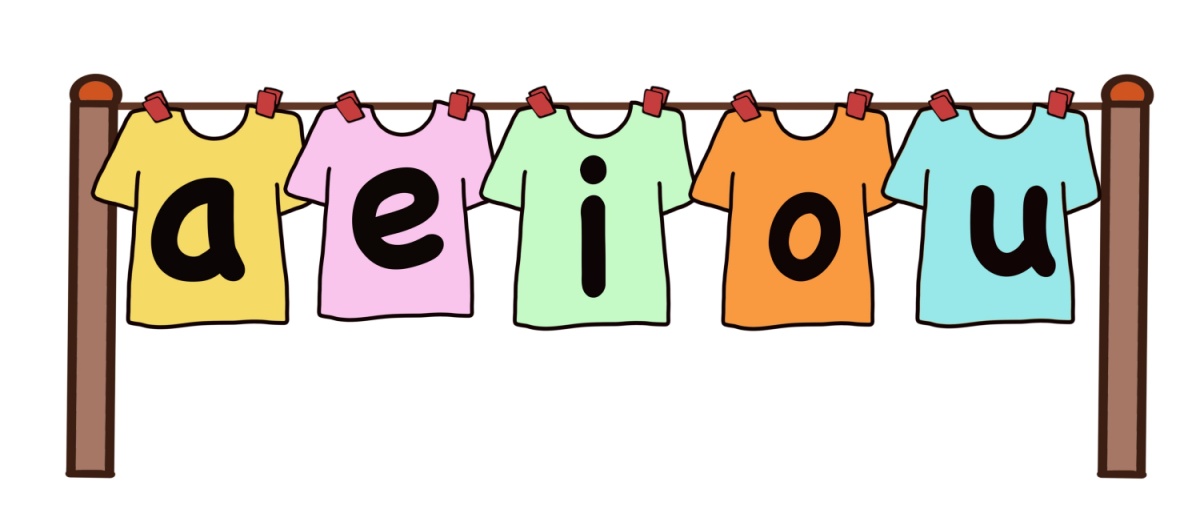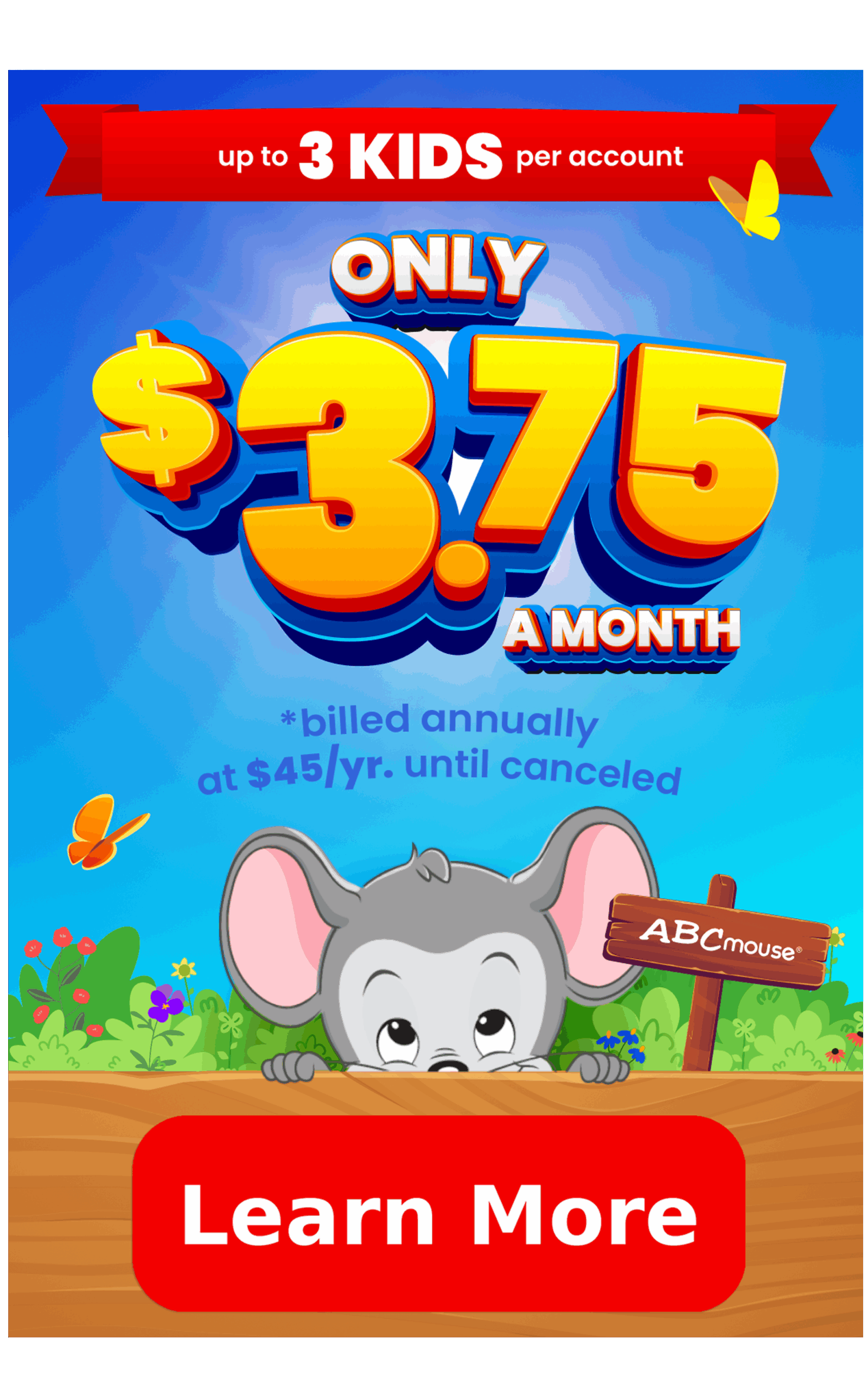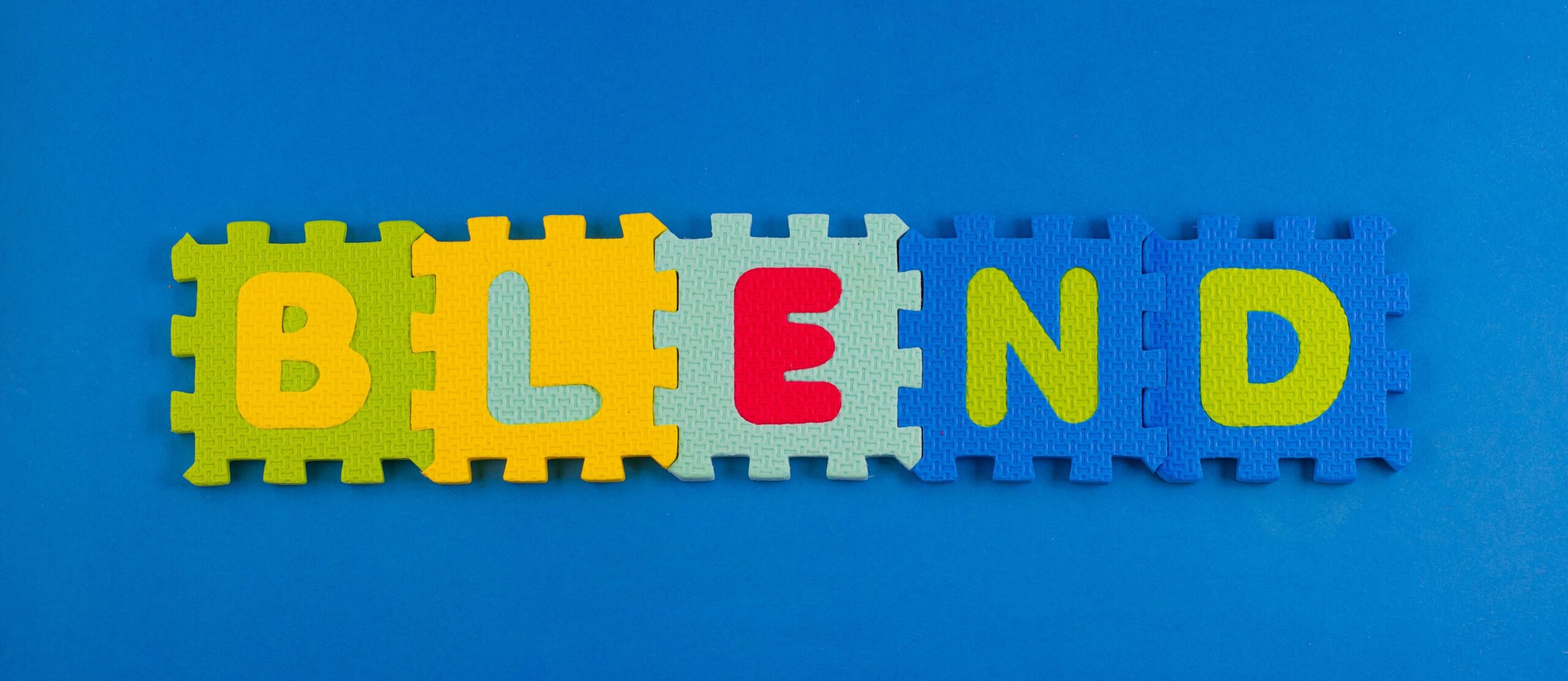
How to Teach Blending Words to Young Readers (Examples & Activities)
Blending words (or sounds) together aids in decoding and reading. Use these tips, examples, and activities to help early readers learn this important skill.
Blending words is the exciting step that connects letters and their sounds with true reading. When young readers begin blending sounds together to discover entire words, it opens up a whole new world! Here’s how to help your child develop and practice this vital literacy skill.
What Does It Mean to Blend Words?
Blending words is the action of saying a word’s individual sounds (known as “phonemes”) separately, then slowly blending them together into the complete word. It’s commonly referred to as “sounding out” and more technically known as “phonics blending.”
What are phonemes?
Phonemes are the small, distinct units of sound that make up every word.
Blending sounds is a proven strategy to decipher unknown words and is a key part of the Science of Reading. It goes hand-in-hand with decoding, in which readers translate written letters into spoken words they recognize. The combination of these two skills allows young students to sound out, pronounce, and recognize written words.
Example:
A child reading the word SIT says the individual sounds /s/ /i/ /t/. Then, they begin to run those sounds together, “ssssssiiiiiitttttt,” blending them. Finally, they’re able to say, “sit,” a word they recognize from their oral vocabulary.
The Importance of Blending Words
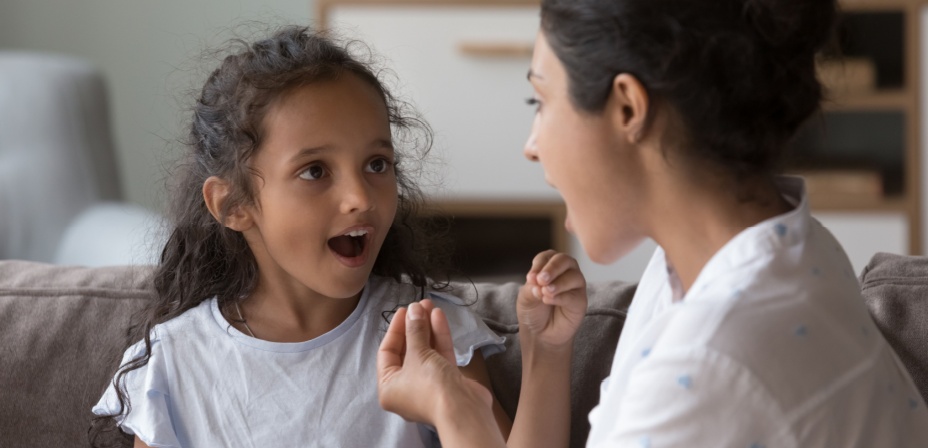
Blending sounds into words is similar to building with a set of toy bricks. Each individual piece has its own shape and color. It’s the order and pattern in which you connect them that creates a new, bigger shape or object.
It’s the same with word blending. Phonemes (sounds) are the bricks, and kids learn to recognize each one individually. But the real power comes from fitting those phonemes together and blending them into words. Reading is really just endless combinations of toy bricks, combined to make words, sentences, paragraphs, and stories.
Research into the Science of Reading has shown that using blending as part of a phonics-based instruction program helps kids learn to read words quickly and accurately. When we teach students to decode and blend, they can apply those skills to any new word they encounter, helping to boost confidence in their emerging reading skills.
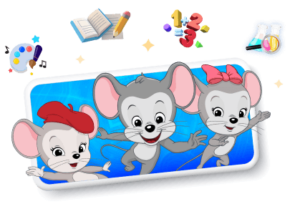
Then just $14.99/mo. until canceled
Essential Skills for Blending Words
Before kids start learning to blend words, it’s helpful for them to master a few prerequisite skills to make the experience more positive and effective. Work with your child to ensure they’re fluent in these literacy concepts.
1. Phonemic Awareness

Phonemic awareness is the ability to hear and differentiate between the individual sounds in spoken words. You can help your child develop their phonemic awareness by saying the individual sounds in words slowly and asking them to repeat them back to you. You can do this while reading and even mix it into your regular speech.
For example…
Try saying “It’s time to go home. But before we go, let’s think about the sounds we hear in that word. What sounds do you hear in the word home (pronouncing it as h-ooooooo-mmmmm)?”
2. Letter-Sound Correspondence
Pre-readers not only need to recognize the letters of the alphabet, but they also need to know the sounds they stand for. This is known as letter-sound correspondence, which means understanding that the letter “T” stands for the sound “tuh,” while the letter G stands for the sound “guh” or “juh.”
This skill needs to be completely automatic…
However, children don’t need to know all of the letter-sound correspondences before blending. It’s enough to master a handful of consonants. Start with the most frequently used consonants plus short vowel sounds. In other words, learners can add new letter/sounds after they start blending.
Tip: Find fun activities for practicing letter sounds here.
3. Vowel Sounds
As young students master letters and their sounds, it’s important to emphasize vowels and the different sounds they can stand for.
At a minimum…
Students need to know the short sounds of each vowel (as in pig or cup) before they can start blending words.
Tip: Explore activities for learning short and long vowel sounds here.
Blending Words Examples and Strategies
Once you’re ready to help your child begin blending words, you can use several different strategies to help them learn this concept. Here are three common approaches to teaching blending words and examples of how to use them.
Isolated
With this type of blending, the reader says each of the sounds separately. This is usually the first type of blending children learn.
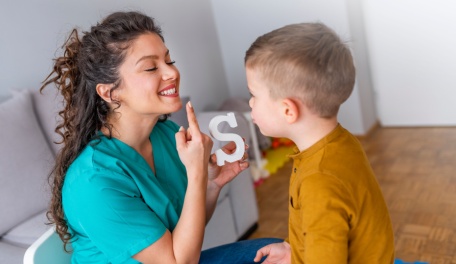
Example: Using the word sat, a student first says each letter sound separately, with a space between and pointing to each letter as they say the sound it stands for. As they repeat the sounds, they say them more quickly, eventually blending them together into the word sat.
Blend Through the Vowel
Some students find word blending more challenging. They may start off well but then guess at the end of the word based on the first few letters. Encouraging them to emphasize the final sound encourages attending to the final sound in a word. In this case, blend the opening sounds smoothly, then finish strong with the final sound.
Example: Using this strategy, a young reader says “sssssaaaa … TUH (emphasizing final sound). Sat.” This is especially helpful when the student reads words with similar beginnings but different endings, such as sad, sag, and sap.
Smooth
As students build confidence, they begin to blend more smoothly, without needing to put spaces between individual sounds. Instead, the sounds flow together, enabling the reader to move more quickly through new words.
Example: A student blending the word sat might say “ssssss-aaaaaa-ttt … sat!”
Blending Words Activities for Learning and Practice
Ultimately, the best way to become a fluent word blender and reader is to practice, practice, practice! A mix of different activity types like these can keep your child engaged as they grow their literacy skills.
Letter Manipulatives
Hands-on practice is meaningful for young students. Use letter magnets, beads, cards, and other manipulatives to practice. Begin by placing individual letters spaced apart on the table, saying them individually. Gradually move them closer together as you blend the sounds into words.
Word Sliders
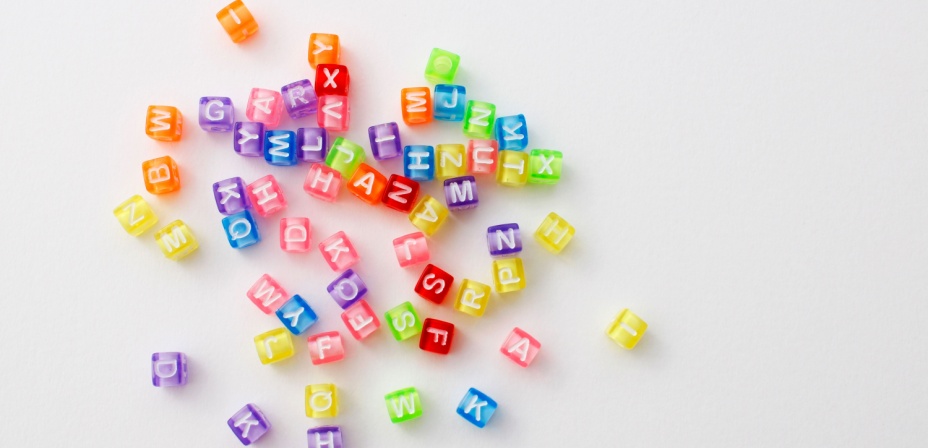
Slide letter beads that spell words onto individual pipe cleaners. Kids slide the beads as they say each sound, then blend them together to say the word all at once.
Elkonin Boxes
This simple written tool is just a series of connected squares. Write one letter sound into each box, then place your finger below each sound as you say it. Next, slide your finger from one letter to the next as you blend the sounds together smoothly. After demonstrating the process, have your child try it on their own with a different word.
Hop, Walk, Run
Take your learning outside and write out words with sidewalk chalk. Space the letters slightly apart. First, hop to each letter, saying its sound. Then, walk across from one to the next, blending them together. Finally, run across, saying the whole word at once.
Word Blend I Spy

Mix things up by playing I Spy with word blends! Say, “I spy with my little eye a /p/ /e/ /n/.” Other players have to blend the sounds together and then find what you’ve got your eye on.
Nonsense Blends
One fun way to emphasize the importance of blending is by using nonsense words. This ensures your child truly understands the concept and can apply it, rather than just memorizing words. Write made-up words of any letter combinations you like and ask your child to sound them out. As they build their skills, add real words into the mix and have your child identify which words are real and which are nonsense.
Letter Line Up
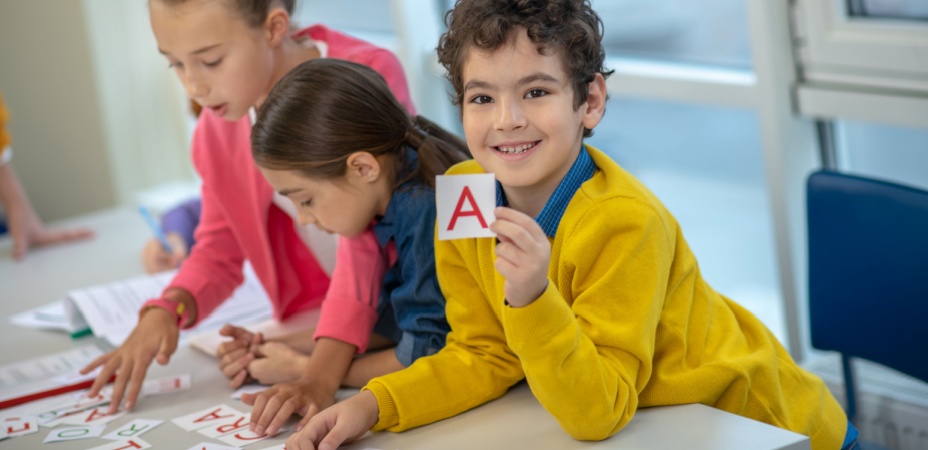
Learning to blend in a group? Give each child a letter card and let them experiment with lining up in a row to make words. Each child says their sound individually, then they all speak the entire word in unison to blend the sounds together.
Word Blending Online Games
When it’s time for individual practice, online learning games like those at ABCmouse can have a big impact. Our expert-designed games teach and reinforce important literacy skills like blending words. Check out some of our favorites:

Move your truck to catch the correct letters to sound out and spell three letter words. If you like this one, try Capital Letter Catch too!

This game is perfect for practicing the final blending strategy. Look at the picture, then choose the correct letter to complete each word.

When your child is ready for more advanced blending, try this game which gives them practice with consonant blends like bl-, st-, and gl-.
ABCmouse’s expert advice review process:
Our team of ABCmouse Curriculum Experts, made up of talented professionals in early childhood education and development, take a close look at educational content and learning claims. They put in the effort to make sure our information is accurate and current. We have a certified educator or another respected authority review the content, matching their expertise with the topic at hand. They’ll make sure the content is thorough and follows the latest research and educational guidelines. If they think we can make things even better, they’ll chat with our editorial team, and we’ll make those improvements right away. Only after a reviewer gives their thumbs-up does a piece of content get the official stamp of approval in the byline.
Related Posts…
-
Back to School Books to Excite and Reassure Young Students
Explore this fun list of reassuring back-to-school books to help kids ease anxiety and build excitement for their first day of school.
-
Summer Reading List for Young Readers
Discover fun summer book lists for kids ages 2–8—perfect for reading at home, on trips, or at the beach!

